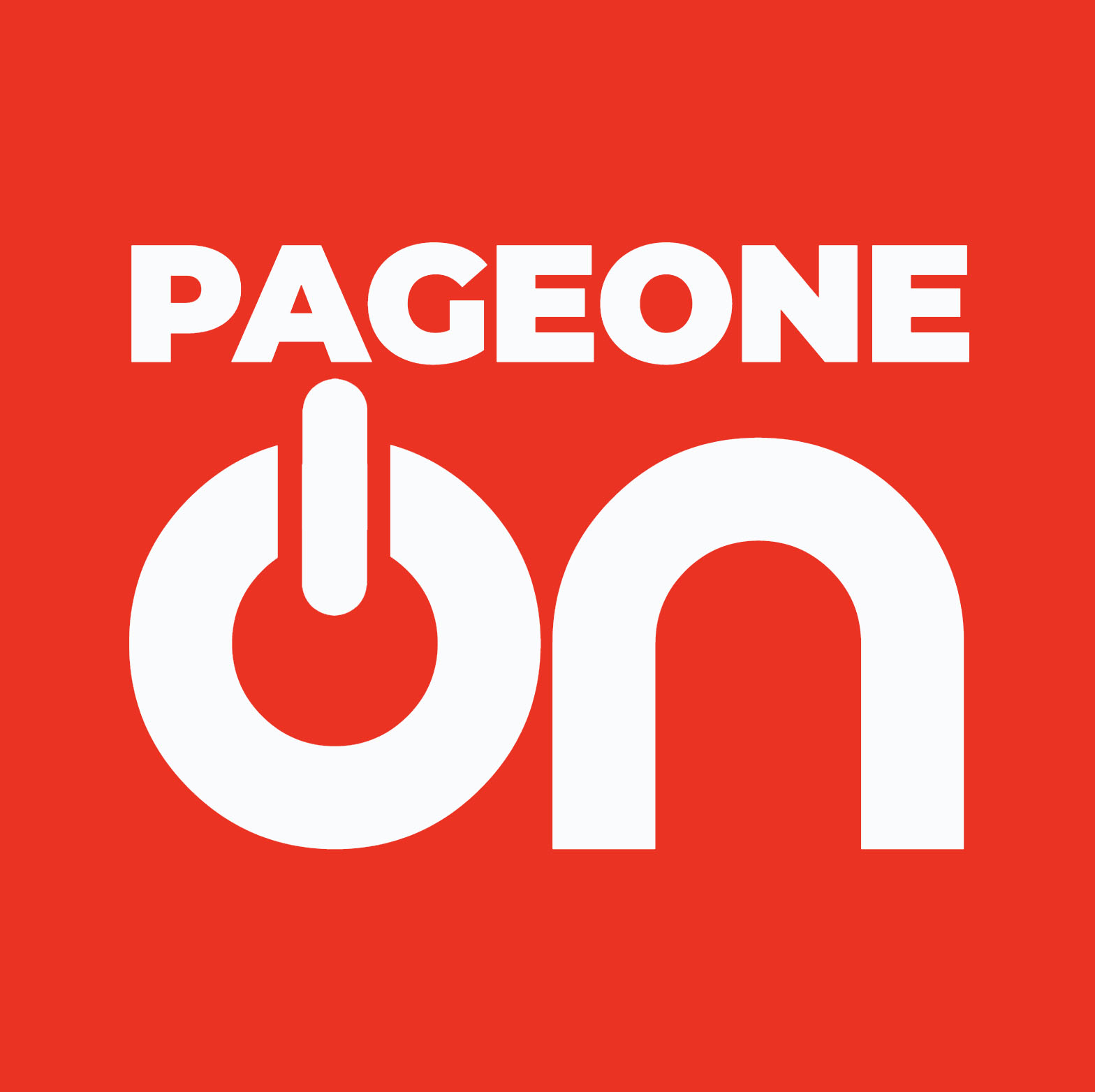Residents and visitors now have a place to discover the rich history and culture of the province through the Banaan Pangasinan Provincial Museum.
The Banaan (meeting or getting together) museum opened to the public only on Sept. 11.
“I am happy that finally, we already have our own museum here in Pangasinan. Something that we can be proud of as Pangasinenses,” said Rodz Manandeg Jr., who has helped share information about the museum on social media.
“It will be a big help for us to know more about our roots or history even our culture. I love how they made this museum more modern and interactive as well. Very much recommended to visit especially for the students.”
For Jason Esguerra and his family, the Banaan museum would make local history and culture known to tourists.
“We believe that we are the first family visitors at Banaan Museum. It was a very inspiring and enriching visit. We saw different facets of Pangasinan culture and history,” Esguerra said. “As a family from Binalotangan, San Carlos City, that visit made us proud to be Pangasinenses. It is definitely not our last visit. Looking forward to bringing our friends and family relatives to the wonder of Pangasinan.”
Maria Luisa Amor-Elduayan, provincial tourism and cultural affairs officer, said the museum is a product of collaborative efforts of the provincial government, various cultural institutions and historians.
Located at the historic Casa Real, the first seat of government of Pangasinan and one of the oldest buildings in the province, the museum has 11 galleries with a tour guide each that share knowledge on various artifacts, artworks, art installations, and interactive features.
A visit to the museum will allow visitors to get a glimpse of how life was during the time of the warrior and province heroine Princess Urduja, galleon trade, American colonialism and World War II, according to the provincial government’s website.
Elduayan said one of the important attractions is the Asin Gallery, which showcases how “asin” (salt) became the prime source of livelihood for the province’s coastal towns.
Pangasinan means “where salt is made.”
“The gallery is also an opportune platform to feature local artists and artisans, as well as notable personalities and their contributions in Pangasinan,” Elduayan said.
Also on display are replicas of colorful but old boats used for silk and ornaments trading between the people of Pangasinan and Chinese merchants; models of old trains by the Manila Railway Company; items that trace the history of the defunct Pangasinan Transportation Company (Pantranco) bus line; and replica skulls unearthed by archaeologists from the Balingasay River in Bolinao town. The original skulls are displayed at the National Museum in Manila.
While the museum boasts the glory of the province, it also recalls the dark side of World War II, which destroyed the capitol building, as visitors could hear simulated bombing sounds.
The museum likewise features outstanding Pangasinenses such as national artists Fernando Poe Jr., Salvador Bernal, Victorio Edades and Sionil Jose, while artworks of Pangasinense artists are up for sale until December.
Elduayan said several of the artifacts are loaned to the museum by individuals, families and organizations, like the Pangasinan Heritage Society and Pangasinan Historical and Cultural Commission.
Pangasinan Governor Ramon Guico III said the museum is a project close to his heart.
“It is something I am proud of. Hindi matatawaran ang identity, kultura, history ng pagkatao ng Pangasinan (We cannot discount the identity, culture, history of Pangasinan). Infra are infra but these are intangible, essential, important things,” he said in an interview.
Guico said he wants the museum experience of visitors to be memorable and not just about taking photos.
“We limit the visitors per batch so it would be an intimate tour so that when there are questions, it could be addressed properly,” Guico said.
The museum is open from Mondays to Fridays, except holidays, from 9 a.m. to 4 p.m. Online reservation can be filed via https://seepangasinan.com/.
Each 90-minute tour is limited to 40 persons per batch with a 30-minute interval before the next group.
The entrance to the museum is free for the entire September in celebration of National Tourism Month and Philippine Creative Industries Month. (PNA)






